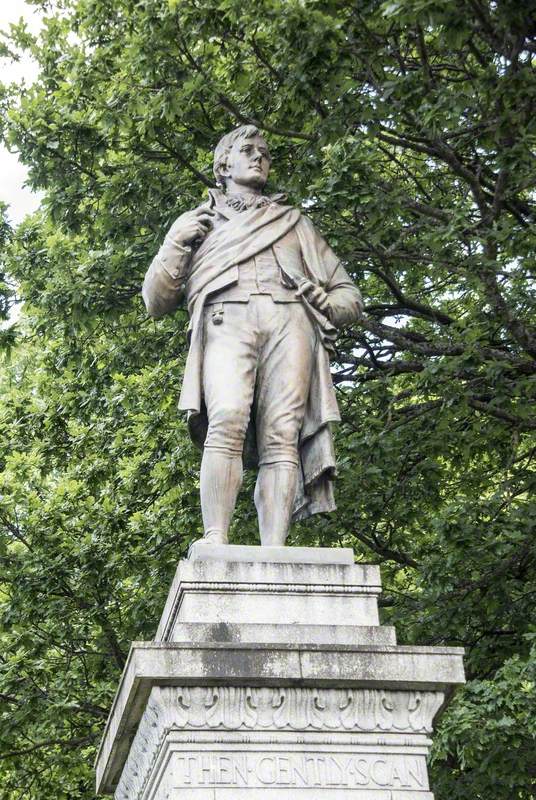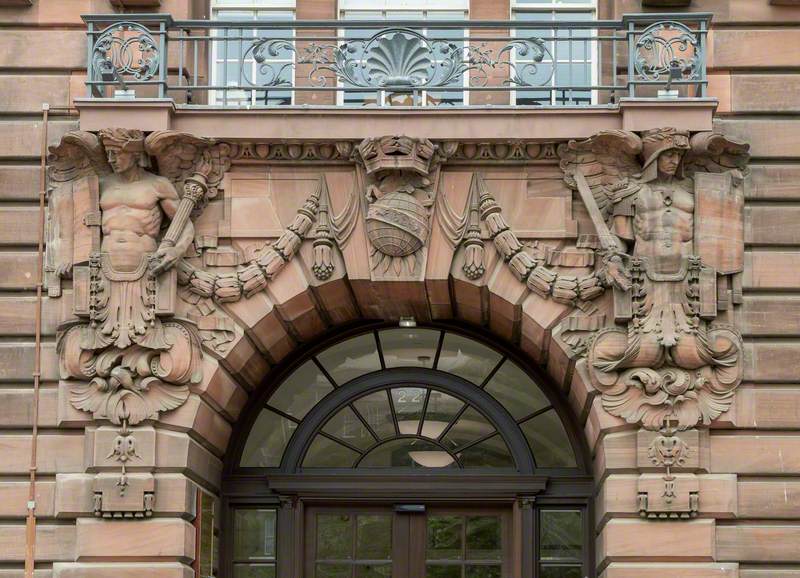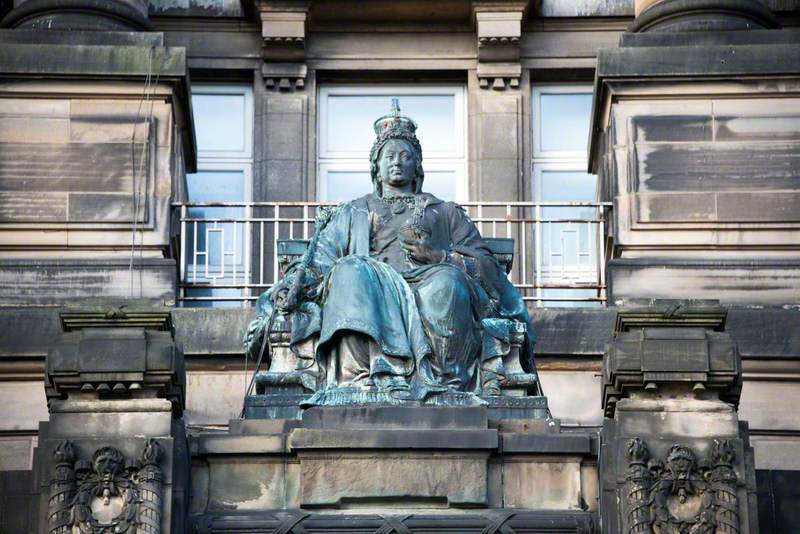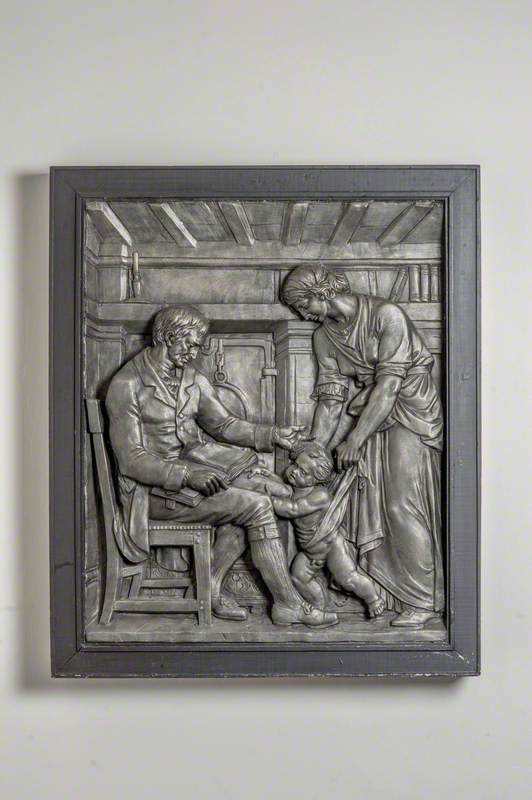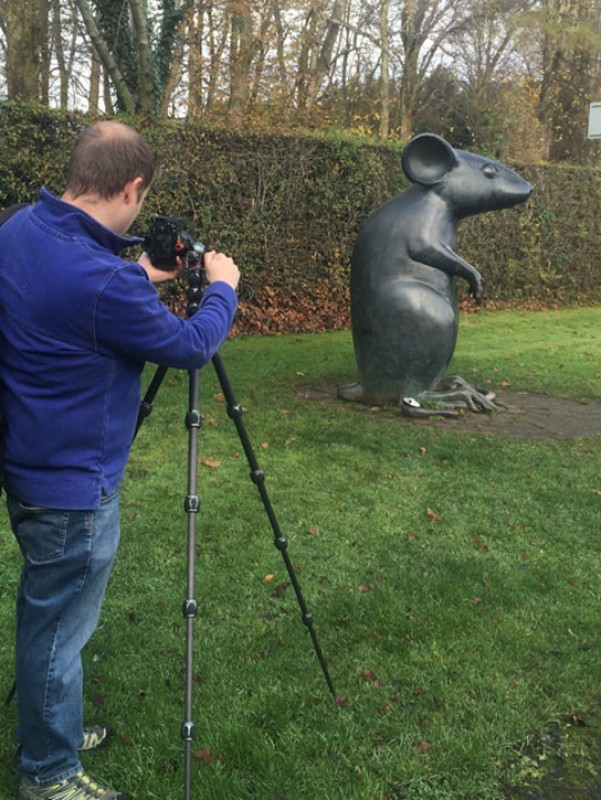
Albert Hemstock Hodge (1875–1917)
Albert Hemstock Hodge was born in Port Ellen, isle of Islay, Argyle & Bute, Scotland, on 17 July 1875 and trained as an architect in the office of William Leiper (1839-1916) and at Glasgow School of Art, where he was awarded local and national prizes for modelling and architectural design His skill in modelling architectural details at Leiper’s office persuaded him to turn to sculpture. He worked with the architects William Forrest Salmon (1843-1911), James Salmon (1873-1924) and John Gaff Gillespie (1870-1926) of the Glasgow architectural firm Salmon & Son & Gillespie and the Dutch-born sculptor Johan Keller (1863-1911) on wood-carving at 22 Park Circus, a Glaswegian townhouse housing the city's registry offices. Hodge really came to prominence with his temporary work on the Industrial Hall, designed by James Miller for the International Exhibition in Kelvingrove Park in Glasgow in 1901.
In 1900 he moved to London and went on to receive numerous other commissions. These included 'The Daughters of Neptune' for the Guildhall, Hull (1907), Navigation and Mining for Mid-Glamorgan County Hall, Cardiff (1910), a monument to Robert Burns in Stirling (1914) and the Monument to Captain Scott, Mount Wise, Devonport, New Zealand, (1914-25) and pediment groups for the Parliament Buildings in Winnipeg, Canada, (1916-19).
Hodge exhibited at the Royal Academy and Royal Institute of Painters in Water Colours in London; Royal Scottish Academy in Edinburgh; and the Royal Glasgow Institute of the Fine Arts. He also participated in the 11th exhibition of the Arts and Crafts Exhibition Society in London in 1916 and his work was shown at the International Exhibition in Glasgow, in 1901. He was elected a Fellow of the Royal Society of British Sculptors in 1907 and died in Kensington, London on 31 December 1917.
Text source: Art History Research net (AHR net)
Text source: Art History Research net (AHR net)
